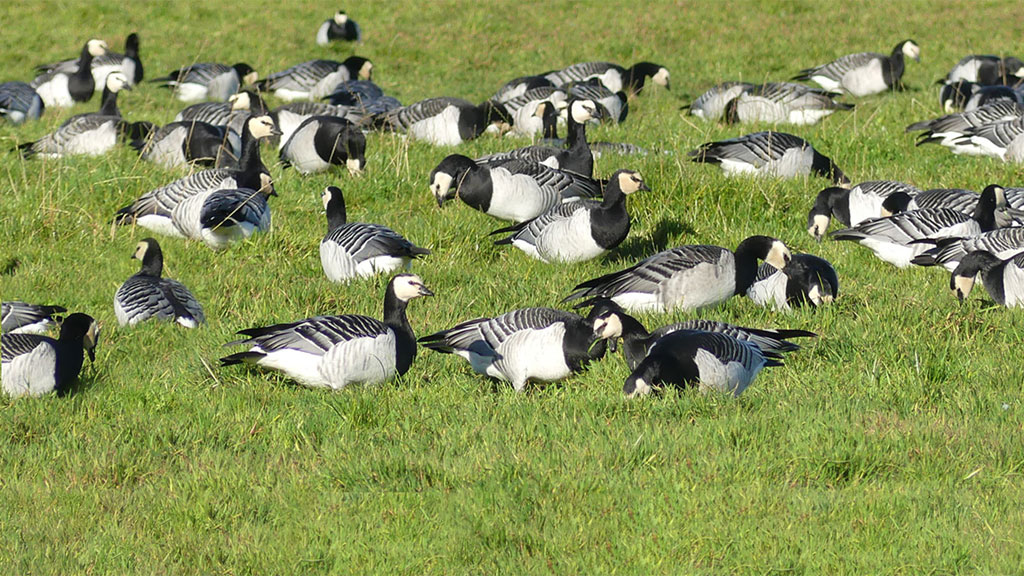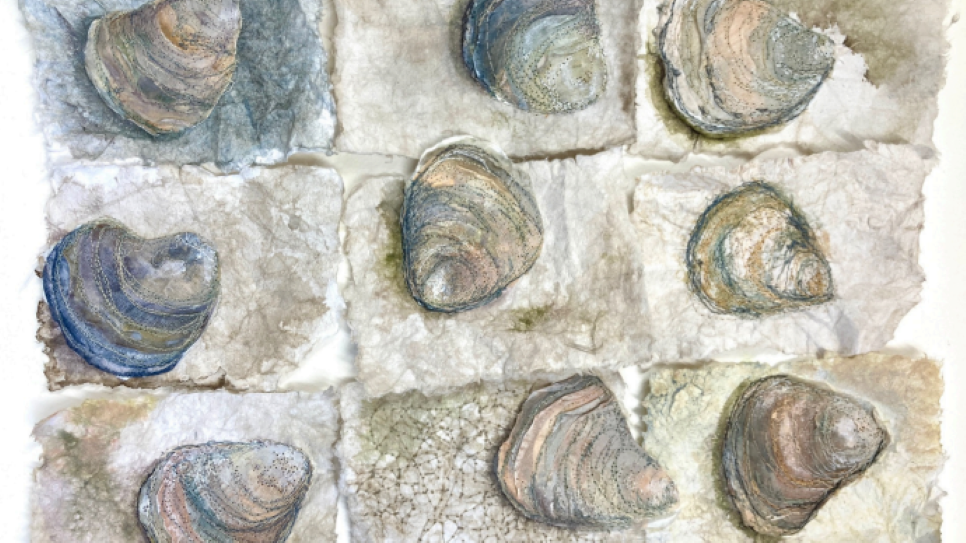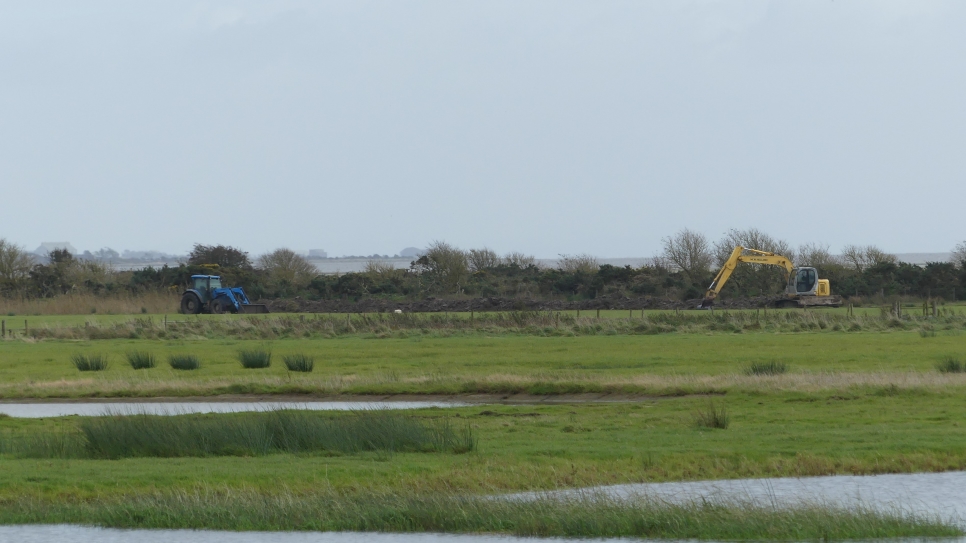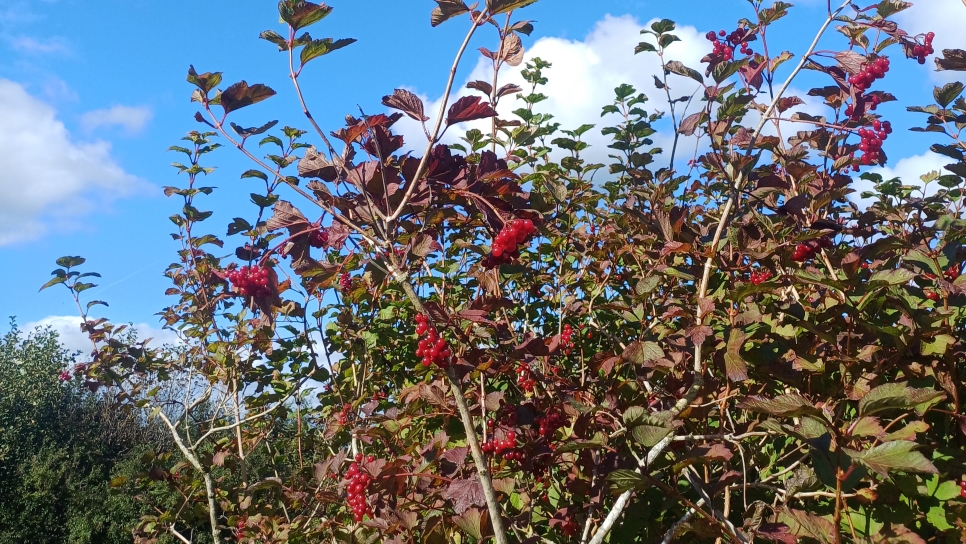Reserve Resolutions 2023
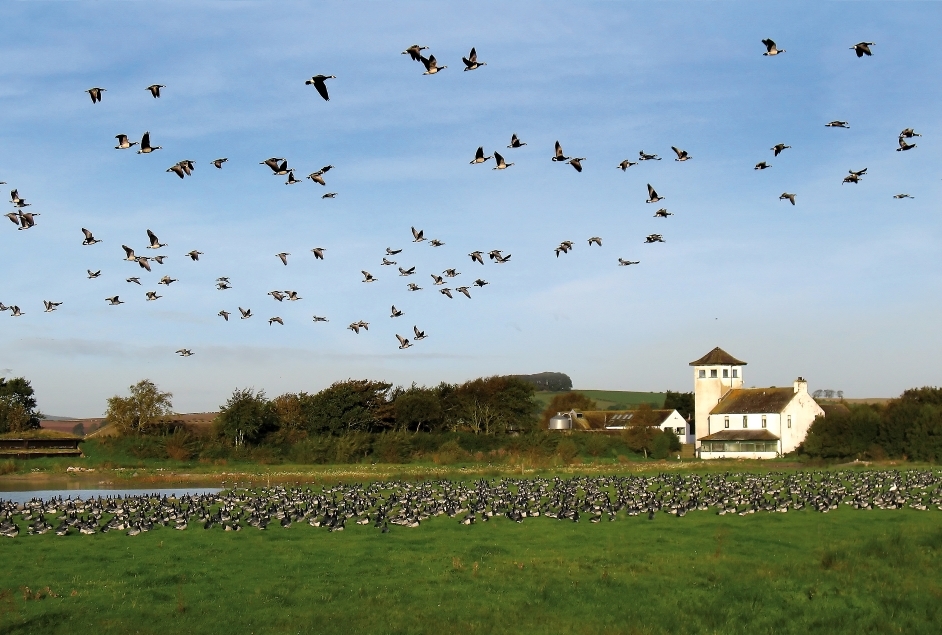
WWT Caerlaverock is very special for wildlife but there is always more that can be done to make this place even better.
As a team, we have decided to give ourselves some targets to aim for in the year. This is partly to motivate us but also to smugly bask in the satisfaction if we actually achieve any. We realise that as it is a time of a biodiversity crisis, we need to do everything we can to build robust populations of wildlife across as big an area as possible. With that in mind, here are the 5 pledges that we have decided to make:
1. Making things wetter closer in
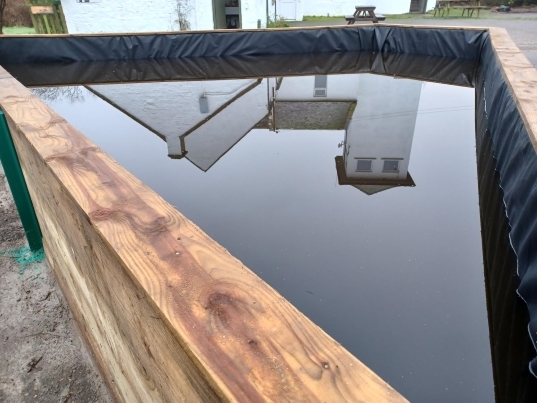
New pond photo credit David Pickett
Caerlaverock is a fantastic site that stretches over 1500 acres but we would like for the wildlife experience to start for visitors as soon as they get to the reserve. We will work to create more wildlife habitat in and around the Eastpark buildings. This will involve more wildflowers but most important is to create mini rainwater gardens and ponds all around the visitor centre. Even something as small as a washing up bowl can make somewhere good for wildlife to live. We want to make maximum use of the rainwater that comes off the buildings' rooves by making it available for wildlife rather than it running straight into the drains. Therefore, with some ingenuity, we aim to make some wet places for wildlife close to the buildings.
2. Doing something for the bees in the garden
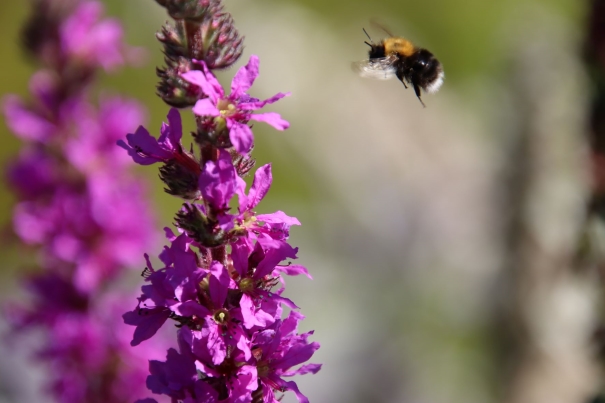
Tree bumblebee photo credit David Pickett
Pollinators are really important as wildlife but also in what they offer people who share the landscape with them. To provide a pollinator hot spot on the reserve, we are going to revamp the wildlife garden next to Eastpark farmhouse to provide more flowers for food plus nesting sites in bee homes.
3. Start counting dragonflies
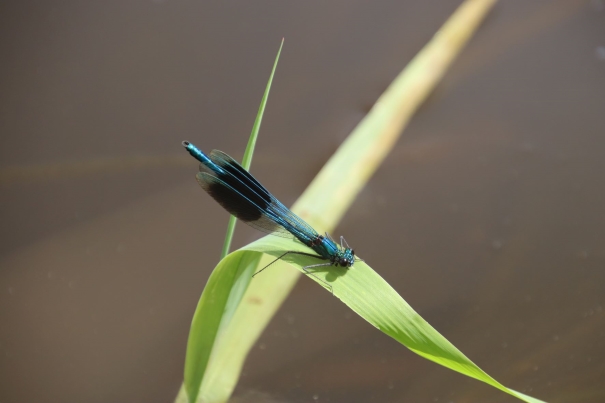
Banded demoiselle photo credit David Pickett
Caerlaverock is an excellent place for dragonflies. Having a whole variety of wet patches means that we host a good range of species and this is recognised by the British Dragonfly Society, declaring Caerlaverock as one of their dragonfly hotspots. With the current climate crisis causing changes in weather patterns, southern and continental dragonflies are moving north. Surveying these dragonflies can be a way of indirectly observing and recording climate change. We therefore want to set up a monitoring transect so that we can record changes in the dragonflies we have on the site.
4. Getting a room for natterjacks

Natterjack toad photo credit David Pickett
Natterjack toads are one of the Caerlaverock specialities: the Solway is the only place in Scotland where they are found. After a dip in their fortunes across the area, 2022 was a good year with encouraging numbers of toadlets counted leaving the ponds. Natterjacks need plenty of suitable ponds to breed, especially shallow, bare water bodies. We want to make some new ponds to offer additional breeding sites for the growing population.
5. Safe places to nest for our declining farmland birds
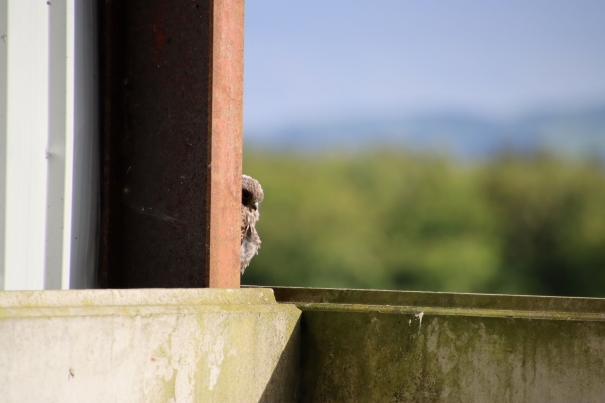
Young kestrel peeking round a corner photo credit David Pickett
We are lucky to have kestrels, barn owls and tree sparrows nesting on the reserve, but only a few. There is plenty of good feeding habitat but what is lacking is the right sort of nest boxes put in the right locations. In response to this, we aim to put up more safe nesting places for these declining birds to allow them to spread across the landscape.
We will keep you posted on what progress we make and review all of the pledges at the end of the year. Of course, you could always visit to see how we are getting on.
Written by David Pickett
